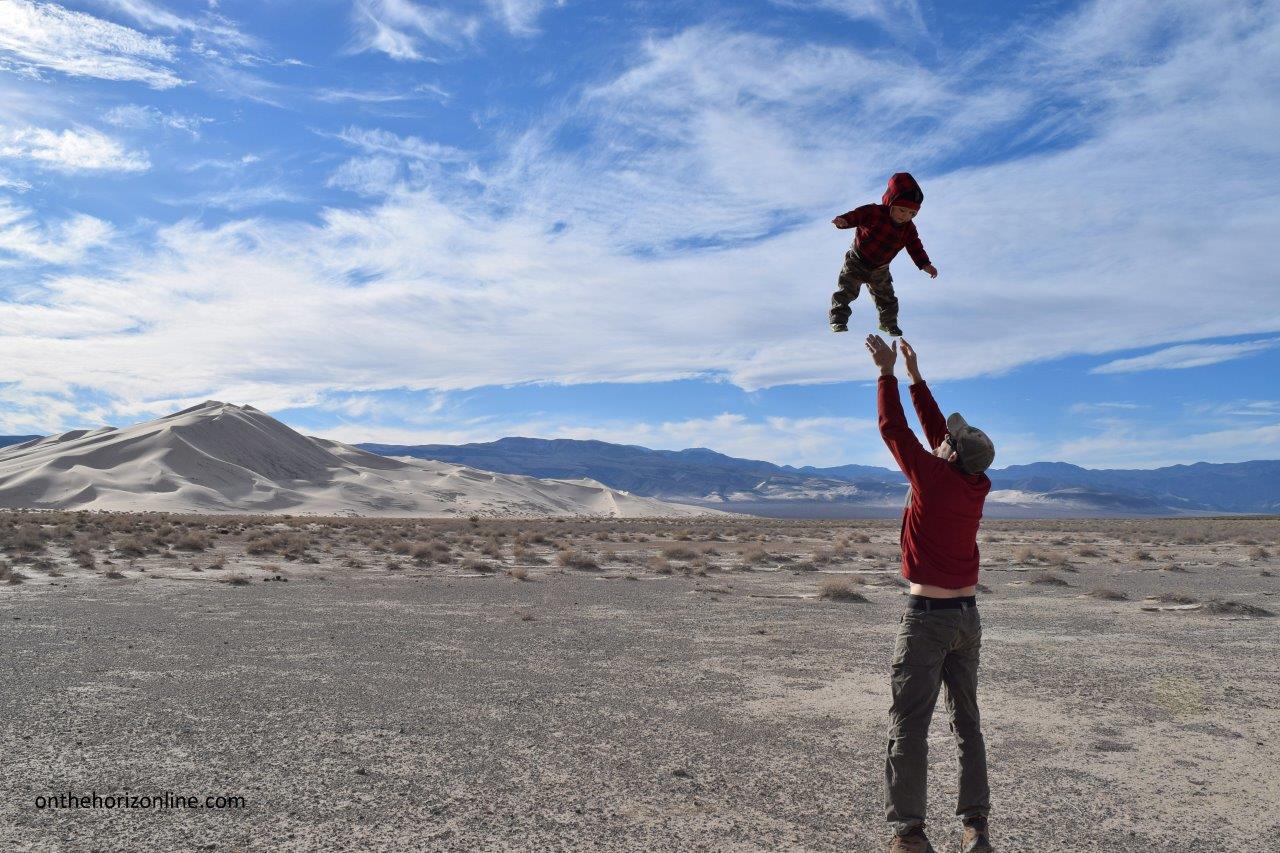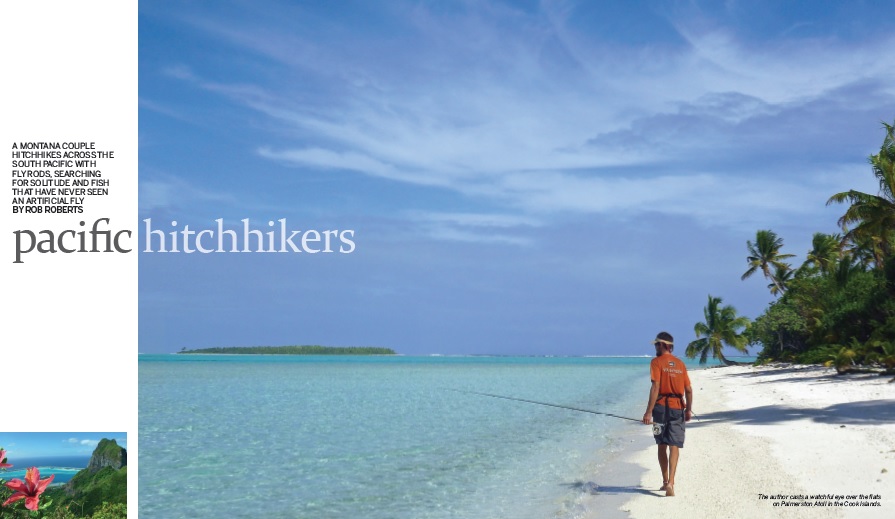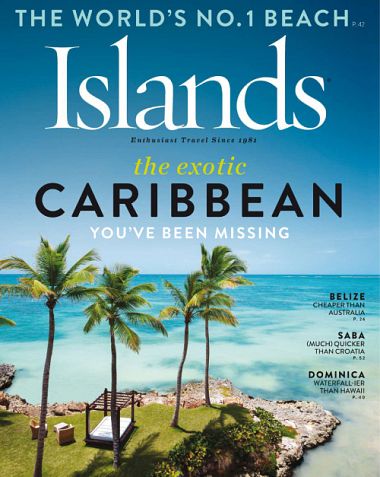The Republic of the Union of Myanmar, a.k.a. Burma. Our 11th country this year, and by far the least developed. This country is truly a melting pot of hundreds of ethnic groups and religions, it’s borders hugging Bangladesh, India, Laos, Thailand, and China. Burma was a colony of Great Britain until 1948, lumped together with India for the majority of English rule. It just opened to tourists after Myanmar’s brutal 50-year dictatorship formally ended in 2011. Many parts of the country are still “off limits” to visitors, and all foreigners must get a visa from a Myanmar embassy before arriving.
We flew from Chiang Mai, Thailand to Mandalay, Myanmar’s northern urban center. Rob and I wanted to see Asia’s second largest country in Asia before tourism whitewashed its culture. And we were searching for a less trendy, more gritty destination than Thailand, which is overrun by foreigners looking for elephant rides, tiger-petting, and/or easy access to sex, drugs and alcohol.
Our arrival in Mandalay’s deserted airport was heralded by enthusiastic taxi drivers in longyi, the traditional cloth wrap that men and women wear around their hips. We serenaded a half-dozen of these taxi drivers with a Johnny Cash song on our trusty Panamanian guitar in the parking lot. The men’s remaining teeth were stained blood red with beetlenut juice when they smiled, clapping along to the song.
In Thailand, we were constantly trying to escape the smoke of the summer burn season. We rode our rented motorcycle into the mountains near Chiang Mai, hoping to find moist forest and blue skies – to no avail. But when we drove into Mandalay at dusk, Thailand suddenly seemed like an environmental paradise. The dusky light of sunset revealed a scene more like India than Asia: a free-for-all of swerving traffic, people bathing in canals along the highway, food vendors selling from trays balanced on their heads, men pulling wooden carts loaded high and heavy. A cloud of choking dust from the dirt roads hung suspended in the air, mixing with wood-fire smoke and black exhaust.
After chucking our bags into a government-approved tourist hotel room (ET Hotel), we set off to find dinner. Walking amidst the traffic and dust was an adventure, with no sidewalks and no streetlights to help navigate potholes, trash piles and the ubiquitous motorbikes. Breathing was a challenge, too, and our eyes stung as we watched the street scene over our fried rice and veggie platters.
Amidst the traffic and poor air quality, we made the potentially ridiculous choice to rent bikes to pedal through Mandalay the next day. They were hilarious bikes, old single-speed cruisers made for the barely-five-foot-tall tiny people that populate Myanmar. I felt like I was riding a unicycle, since the seat and pedals were so close together. Rob looked like two giant knees.
Turns out that it’s actually easier to bike than to walk in Mandalay. You feel a part of the impenetrable flow of traffic rather than at war with it. Setting off early, we headed to the ancient walled city to see the palace of King Mindon. We went slowly, taking in the sights: tiny stools where locals sat and spat beetlenut, tea houses, oily chapatis, orange juice stands, millions of scooters, a parade of Burmese girls with painted faces sitting in flatbed trucks, a game of hacky-sack volleyball. Everyone smiled and waved as we passed, still enamored by the novelty of white tourists in their midst.
We joined the endless streams of bikes and cars and tractors that edged out in clumps from intersections, using critical mass to cross main streets in lieu of a traffic light. A teak monastery was the highlight of our tour, intricately carved with thousands of buddhas and gargoyles and who knows what. After a lunch of delicious Shan noodles (khao suey), we beat a hasty retreat to the hotel before the 100-degree heat set in.
That evening, we resumed the bike tour and headed west from downtown to find the Ayerwaddy River, the largest in the country. Rudyard Kipling called the river the “road to Mandalay” in his famous 1890 poem about Burma. And a road it is – a network of irrigation canals and transportation routes that link the north and south. This watery road was full of boats, people bathing, pipes collecting water and dumping waste, thatch huts lining the sandy shores. A busy and overwhelming place, far removed from my Montana-girl’s mental and emotional definition of “river.”
I realized as we biked home, coughing, in the growing darkness that Rob and I keep searching for the Southeast Asian version of “wilderness,” just as we searched out the South Pacific’s underwater version of “wilderness.” We seek out untouched nature to explore. But the pristine places we associate with our definition of wilderness – the back woods, remote rivers, uninhabited peaks of Montana – don’t exist here. People have been using every scrap of land and water for millennia to simply survive.
The real wilderness in Asia lies within its seething cities. This is where the raw, primal, impenetrable and vast exist – in the region’s humming mass of people who are, after all, very much a part of nature. The wilderness of Mandalay or Bangkok or Yangon is just as challenging to navigate as the wilderness of Montana. We need a different set of survival skills, but many of our tools are the same: a water purifier, a headlamp, a med kit, a map, a sense of humor, patience.
This realization was both humbling and helpful. It let me ease into the city just a bit, rather than hold it at bay. But it still didn’t make me want to stay in Mandalay. As we returned the bikes for the day and paid our $2 each, I was undeniably relieved to be getting on a train to Kyaukme in the morning to begin a trek through tea-growing villages in the mountains of Myanmar. Even if they are a hard-working landscape rather than a wilderness, mountains will always feel more like home than a city.








One thought on “The Wilderness of Mandalay”
Such vastly different experiences you’ve described on your journey in the past year. I can feel the air and imagine the people and landscape here. Thanks for taking us along with you vicariously.